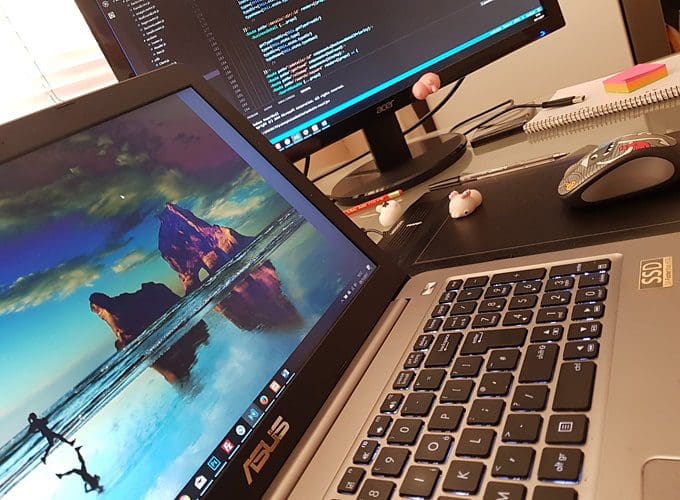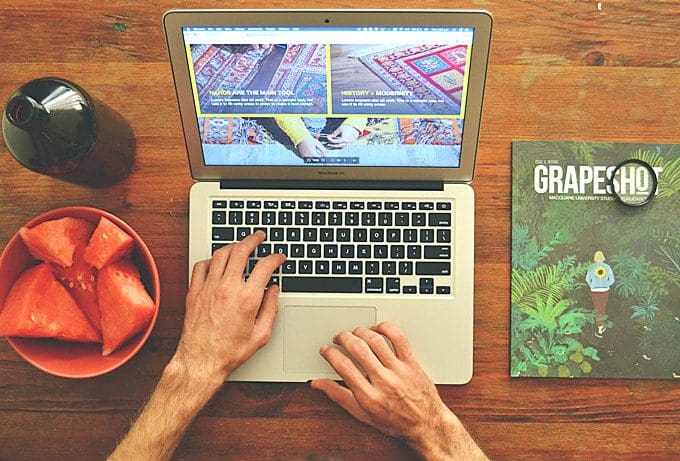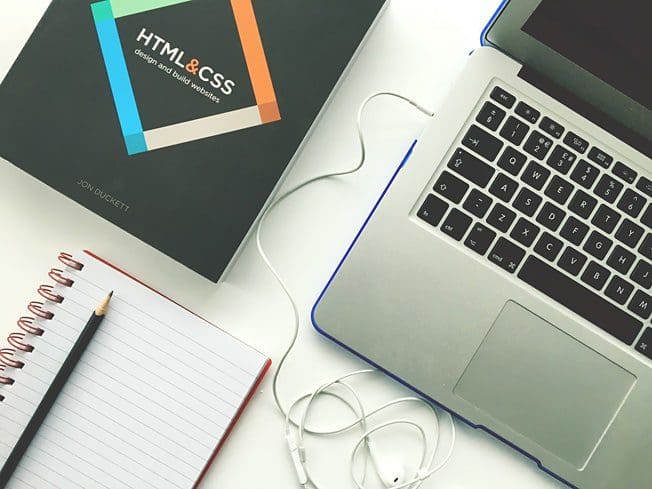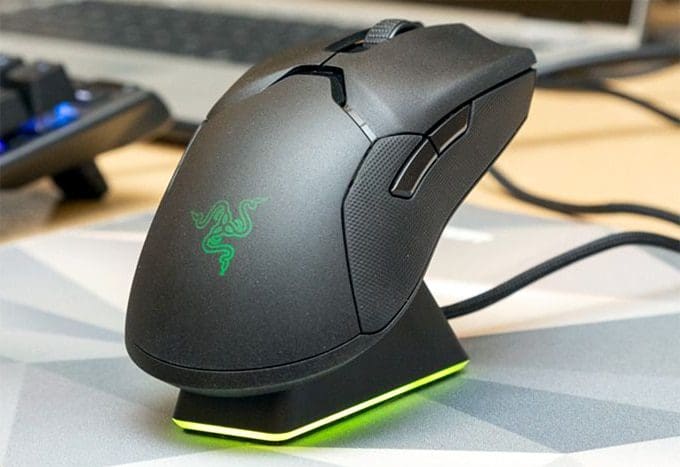Important factors of website development and designing – words Alexa Wang
Whether you are designing a site to make money, or the project is a labour of love, you want people to like your site enough to not only spend time on it, but to keep coming back and, hopefully, recommend it. To achieve that, you will need to know how to design a great-looking, easy-to-use site. Below are 5 of the most important factors to consider when developing and designing your website.

Your users’ experience
What is meant by “user experience” is how easy, and even pleasurable is it to use your site? How fast do your pages load? Is all of the vital information (especially the navigation bar) prominently displayed so that people can get around your site quickly and efficiently? The average visitor to your site wants to be able to see what you are about, or what you offer, and be able to find out more or make a purchase without having to jump through too many hoops. Is your site built like that?
Responsive design
In this day and age, it is no longer enough that you have a site that looks great when viewed from a desktop or laptop. You can become a best web developer by taking simplilearn’s Web Development Certification. You need a site that looks great and is easy to use across a range of devices and platforms. Perhaps above all else, it is paramount that your site looks good and navigate well on a smartphone. By 2021 it is estimated that some 67.2 percent of all mobile e-commerce will be done via mobile phone , Whether you are designing a site to make money, or the project is a labour of love, you want people to like your site enough to not only spend time on it, but to keep coming back and, hopefully, recommend it. To achieve that, you will need to know how to design a great-looking, easy-to-use site. Below are 5 of the most important factors to consider when developing and designing your website.
Your users’ experience
What is meant by “user experience” is how easy, and even pleasurable is it to use your site? How fast do your pages load? Is all of the vital information (especially the navigation bar) prominently displayed so that people can get around your site quickly and efficiently? The average visitor to your site wants to be able to see what you are about, or what you offer, and be able to find out more or make a purchase without having to jump through too many hoops. Is your site built like that?

Responsive design
In this day and age, it is no longer enough that you have a site that looks great when viewed from a desktop or laptop. You need a site that looks great and is easy to use across a range of devices and platforms. Perhaps above all else, it is paramount that your site looks good and navigate well on a smartphone. By 2021 it is estimated that some 67.2 per cent of all mobile e-commerce will be done via mobile phone, so don’t underestimate the importance of mobile-friendly design.
Be reliable with your content updates
The Google algorithm is only getting more sophisticated by the day. Gone are the days of simply spamming the internet with content. The quality over quantity paradigm is all but dead. Quality above all else is the new norm. People expect good quality, useful content that helps them make decisions, or provide them with new information, and they like to see it regularly. Rocket Lab says; if you are just getting up and running, be consistent with your content releases so that your users/customers know when to expect new content from you.
Compress your biggest elements
This typically means compressing your high-resolution images and your CSS. If you don’t do this, you run the risk of slow load times, which might increase your bounce rate (the rate at which people leave a page). Google interprets a high bounce rate as an indication that your site is lacking and you will be downgraded in the ranking. Compression is indirectly part of good SEO.
Optimize your navigation bar
It is vitally important that users be able to get to any page on your site from any other page on your site. What this means is that there should be no single page on your site that is functionally a dead end. Having your navigation bar at the top (a must), and even at the bottom (perhaps even one that moves while users scroll) can help ensure people don’t get lost on your site and navigate away out of frustration.





